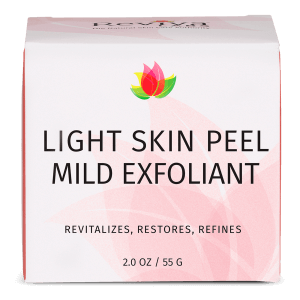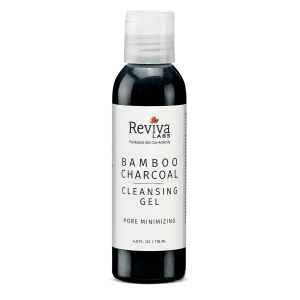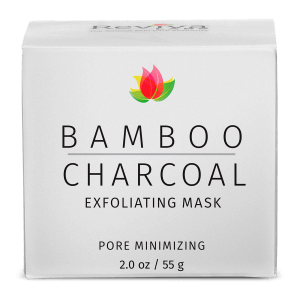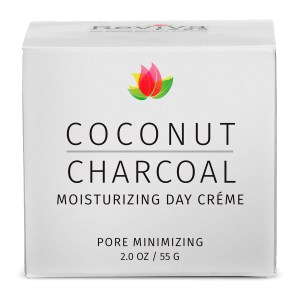Ingredients, Natural, Reviva Labs, Skin Care
How Salicylic Acid Works
Salicylic acid has long been a trusted ally in the fight against acne. It is appreciated for its remarkable ability to unclog pores, soothe inflamed skin, and help in controlling acne. However, this simple and effective ingredient does more than just help with acne, it’s a proven solution for a wide variety of skin concerns.
Salicylic Acid is a Beta Hydroxy Acid
Salicylic acid is a type of beta hydroxy acid (BHA) that’s well known for its ability to penetrate the pores of the skin making it very effective against acne. Unlike some ingredients that only work on the surface, salicylic acid travels deep into the pores, helping to clear out excess oil, dirt, and dead skin cells. This gentle exfoliation of the pores not only helps prevent the buildup that can lead to blackheads and whiteheads, but it also aids in preventing new blemishes from forming.
Salicylic acid is also great at combating redness due to its anti-inflammatory properties. This ability is very effective at reducing the redness and swelling that often comes with acne. It is particularly helpful for the more severe, inflammatory acne, which is more deeply embedded in the skin.
Salicylic Acid Origins
But where does salicylic acid come from? Its history is quite fascinating and can be traced back to an ancient remedy that is found in willow bark. For centuries, people have used willow bark to soothe pain and fever. Over time, the connection between willow bark and salicylic acid was discovered as scientists began to understand the properties of the compounds found in this plant. Research has shown that willow bark contains a precursor to salicylic acid known as salicin. When ingested, salicin is metabolized into salicylic acid, which is responsible for the pain-relieving and anti-inflammatory effects.
In skincare, the transition from willow bark to salicylic acid represents a marriage of traditional, plant remedies with modern science. While willow bark extracts are still used in some skincare products for their soothing properties, salicylic acid, as a more potent derivative, has become widely popular in acne treatments. This evolution shows how ancient remedies can lead to the development of effective modern skincare solutions.
Salicylic Acid is Versatile
It’s also worth noting that salicylic acid is a versatile skincare ingredient. Apart from its primary role in acne treatment, it can also be effective against other skin concerns. With regular use, it’s beneficial for maintaining a clear, healthy complexion by keeping pores clear and skin smooth. Its exfoliating properties can reduce the appearance of fine lines and wrinkles, making it a valuable addition to anti-aging routines as well. It can be found in a variety of products, from cleansers and toners to spot treatments and masks, making it easy to incorporate into any skincare routine.
When using salicylic acid, it’s important to follow a few guidelines to get the best results. It’s a potent ingredient, so starting with a lower concentration and gradually increasing it as your skin adjusts can be a wise approach. Also, due to its exfoliating properties, it’s crucial to pair it with a good sunscreen during the day, as it can make the skin more sensitive to the sun.
In the world of skincare, salicylic acid stands out as a time-tested and effective solution for acne and various other skin concerns. Its ability to penetrate deeply into the pores and its exfoliating and anti-inflammatory properties make it a beloved choice for those seeking clearer, healthier skin. The connection with willow bark adds a touch of natural history to this skincare superstar, reminding us of the long-standing relationship between nature and beauty.












